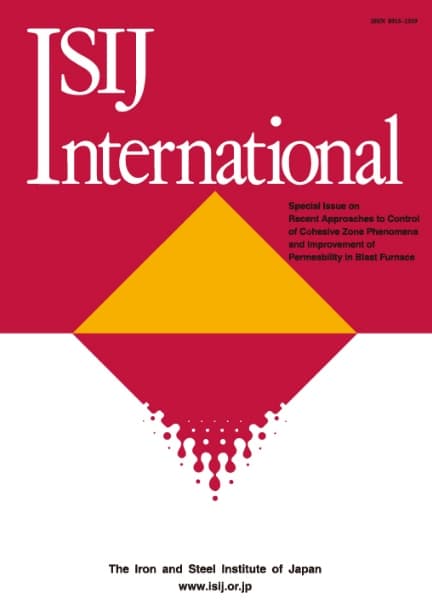Factors affecting generation of iron fines in cold sheet rolling of steel
Da-Ming Wang, Satoshi Inagaki, Ryo Shiota
Readers Who Read This Article Also Read
ISIJ International Advance Publication
ISIJ International Advance Publication
ISIJ International Advance Publication










